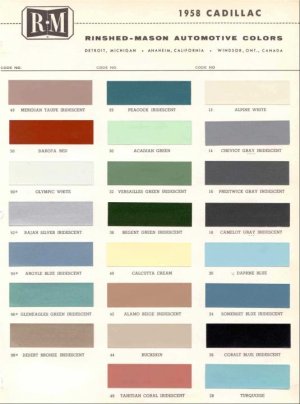I figured as much, Evan. So, Cathy must've had new advisers in the middle management lane in the last two years, had she not?
I wonder who this/these guy/s is/are. Also, last two-year's new products seem NOT to have come from Seymour's idea tank... am I right?
I mean... so many new products for the Metalhead demographic... is it at all possible for Seymour to even relate?
*I*, for one, should know how difficult it is; more and more of my own customers are getting younger and "louder", to put it mildly.
I'm afraid that one of these days I won't be able to understand their musical language, so I won't be able to help'em with their rig and their "tone" anymore.
I wonder how one cope when you grow apart from your audience, or demographic, so to speak. Or is just me getting older and grumpier by the minute?
Sorry for the rant.




